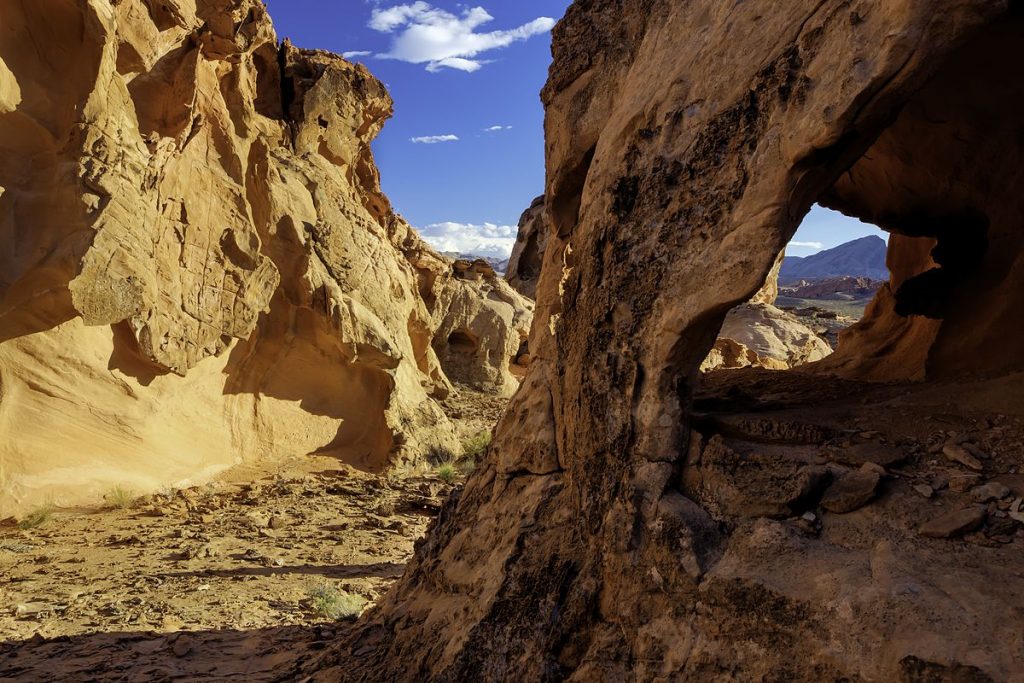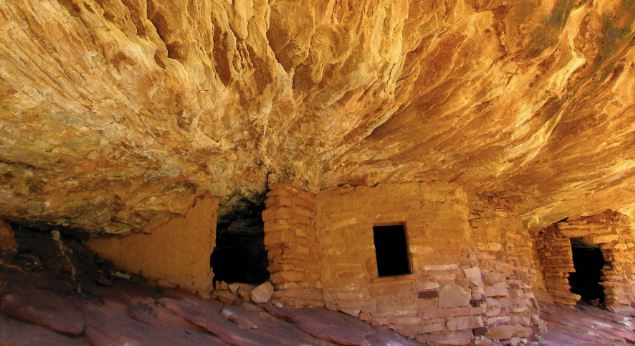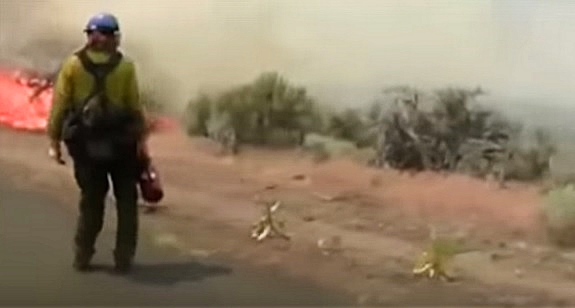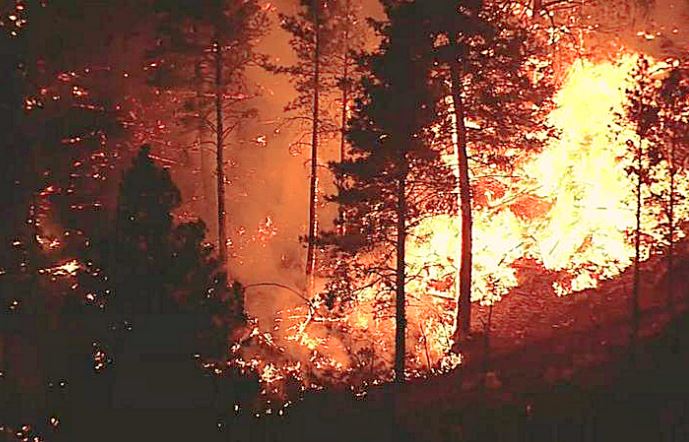Obama’s final land grab took the total acres of land seized by the federal government under his presidency to 553 million acres, more than any other president in history.
Ben Kew
Donald Trump has pledged to end the federal acquisition of land, which rose by record levels under Barack Obama, and instead invest in preserving its current holdings as part of a series of interior reforms in the Trump White House’s first budget proposals.
The budget proposes that it will “reduce funding for lower priority activities,” such as new major acquisitions of federal land. The Budget reduces land acquisition funding by more than $120 million from the 2017 annualized CR level and would instead focus available discretionary funds on investing in, and maintaining, existing national parks, refuges and public lands.
In December 2016, Obama decreed two more national monuments to federal ownership, the new Bear Ears Buttes monument in Nevada and the Gold Butte monument in Utah, on the grounds of conservation and protection using the 1906 Antiquities act.
The move was overwhelmingly opposed by Republican lawmakers, with Utah Republican Sen. Mike Lee describing it as an “arrogant act” designed to overrule the state legislator and public opposition to its seizure.
Obama’s final land grab took the total acres of land seized by the federal government under his presidency to 553 million acres, more than any other president in history.
The federal government currently controls 25 percent of all land in the U.S, 50 percent of land west of Colorado, and 85 percent of land across the Nevada desert.





The area designated by former president Obama for the Bears Ears National Monument was already federally managed public land. Why do you call it a “federal land grab or federal land acquisition?”